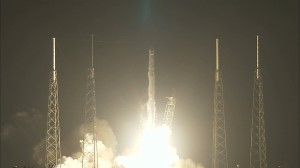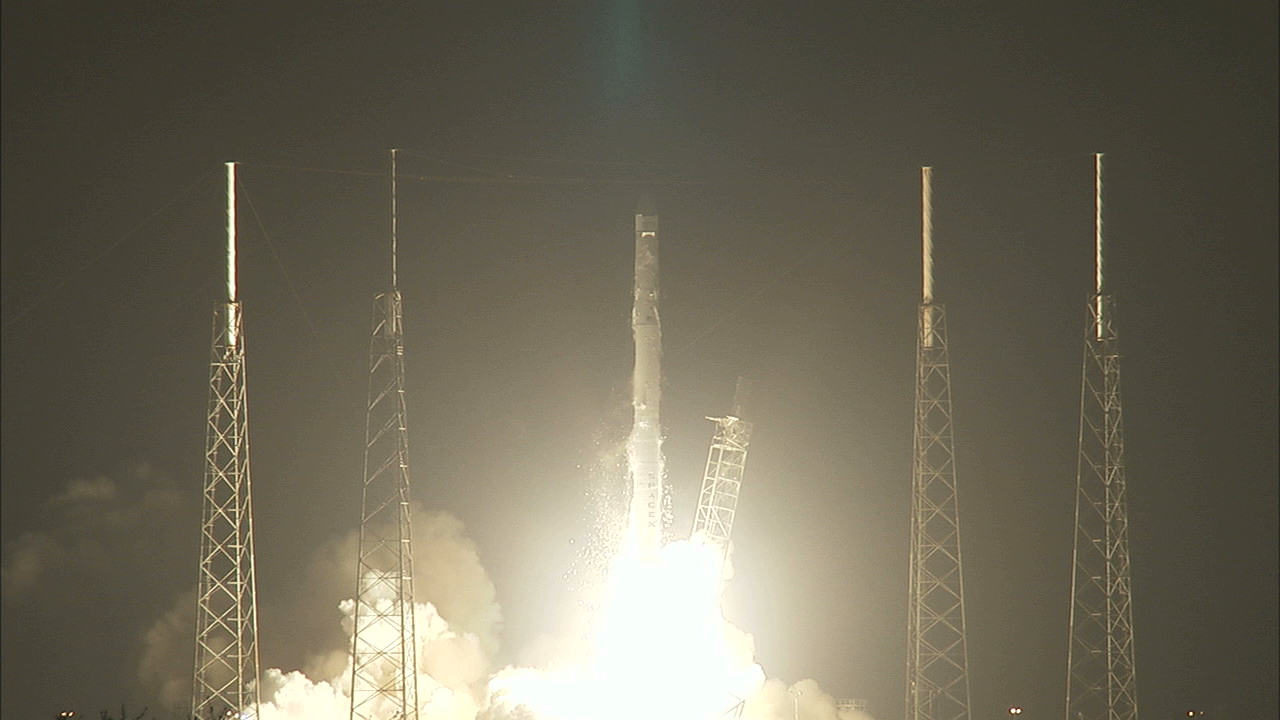 This morning’s launch begins a busy month in space for the International Space Station as the orbiting laboratory prepares to welcome the Dragon that is already in orbit, then a new increment crew later this week launching on a Soyuz and an Orbital Sciences Cygnus cargo craft in October, said NASA’s Sam Scimemi, director of the International Space Station. The station crew also will conduct two spacewalks in the coming weeks.
This morning’s launch begins a busy month in space for the International Space Station as the orbiting laboratory prepares to welcome the Dragon that is already in orbit, then a new increment crew later this week launching on a Soyuz and an Orbital Sciences Cygnus cargo craft in October, said NASA’s Sam Scimemi, director of the International Space Station. The station crew also will conduct two spacewalks in the coming weeks.
You can read our launch feature from this morning’s liftoff here.


